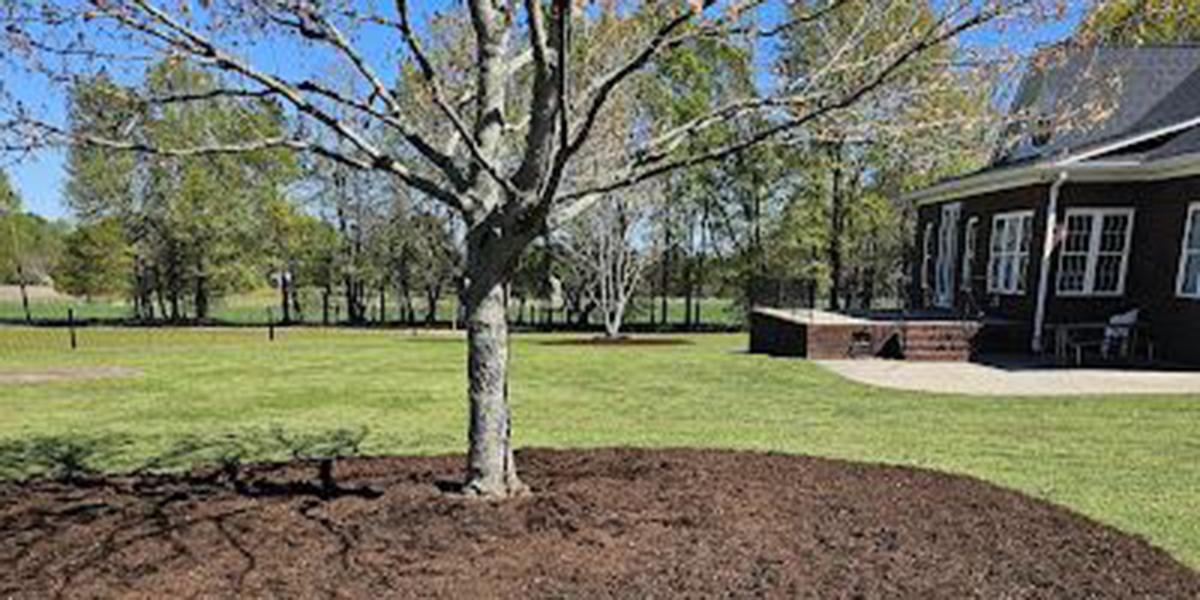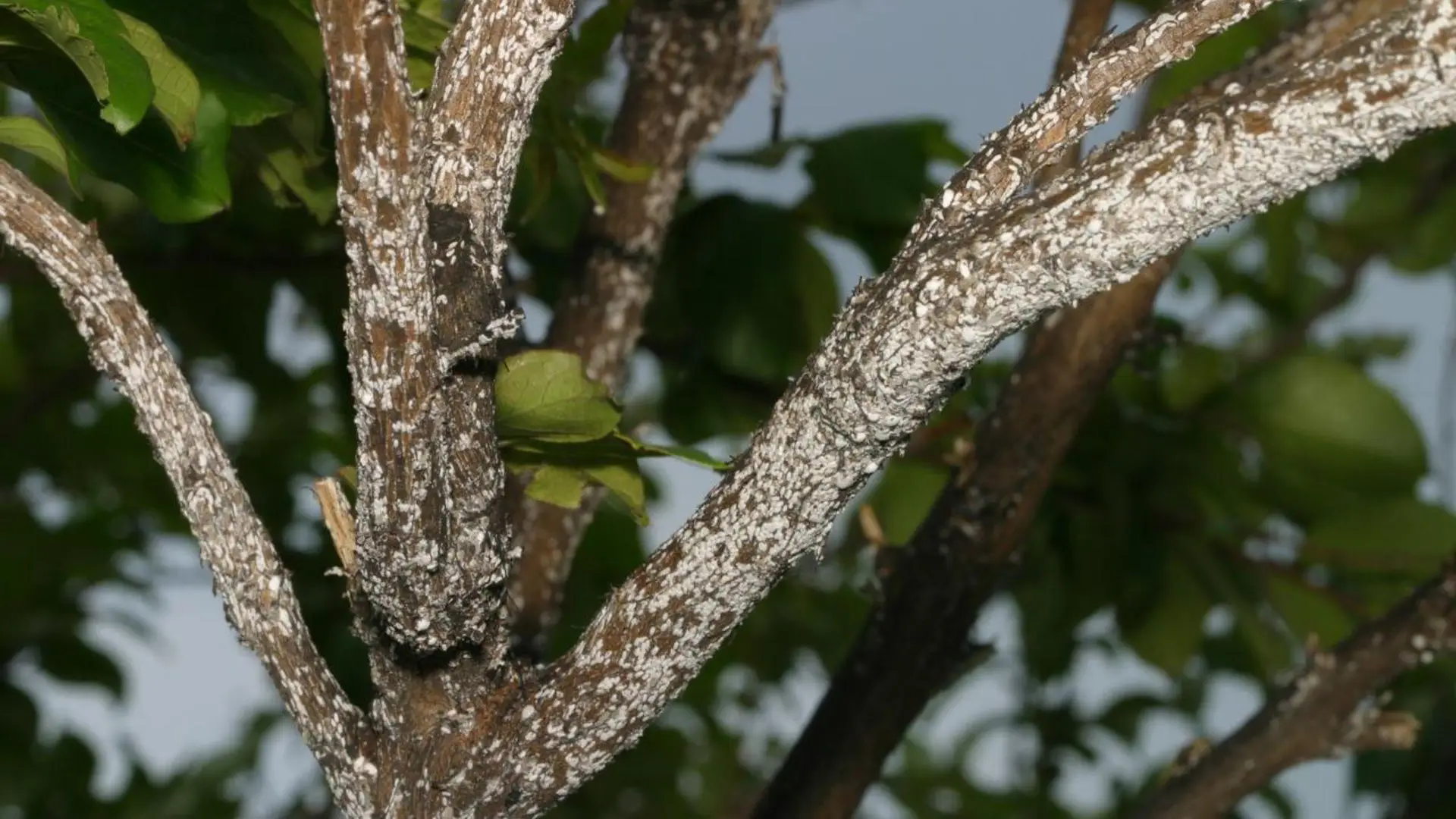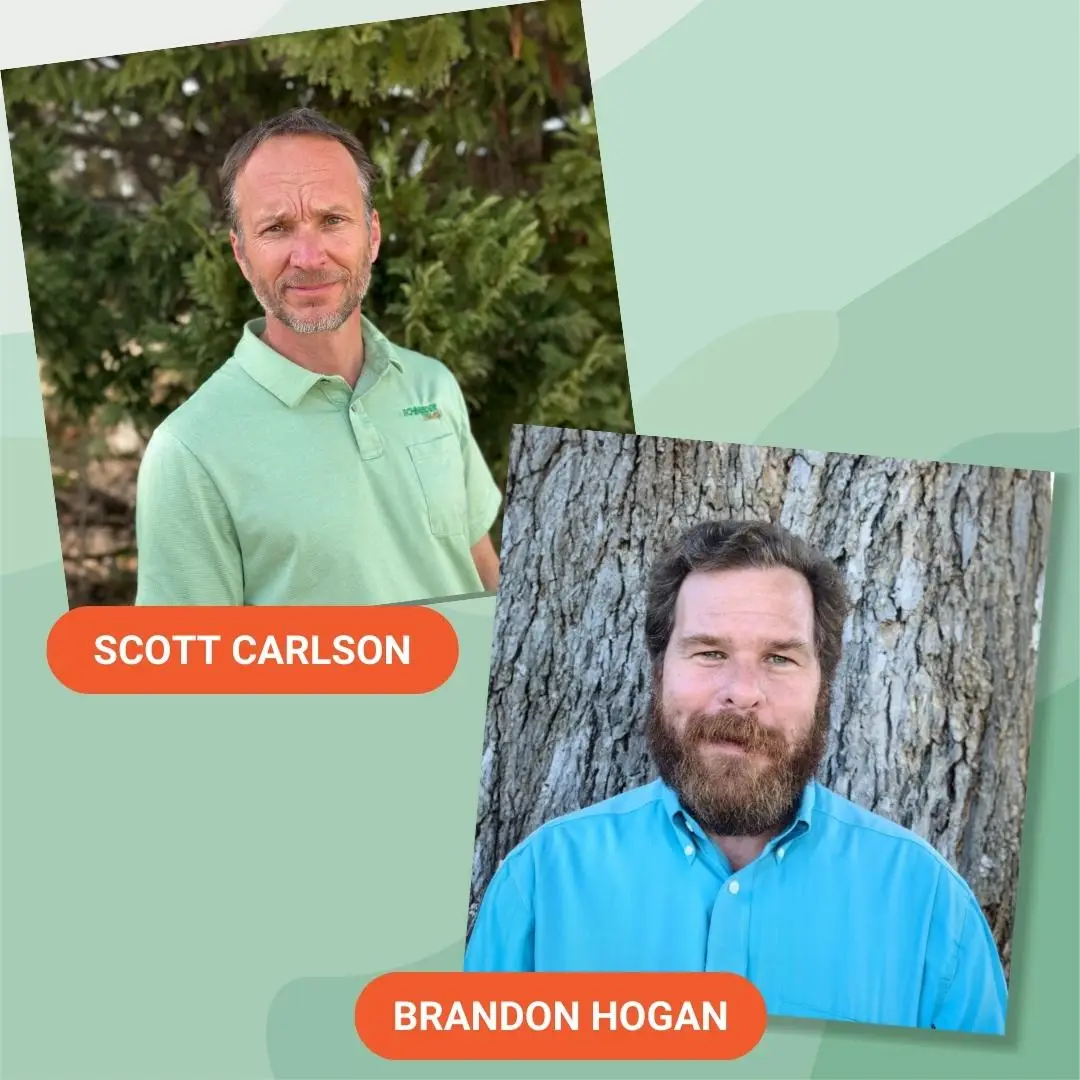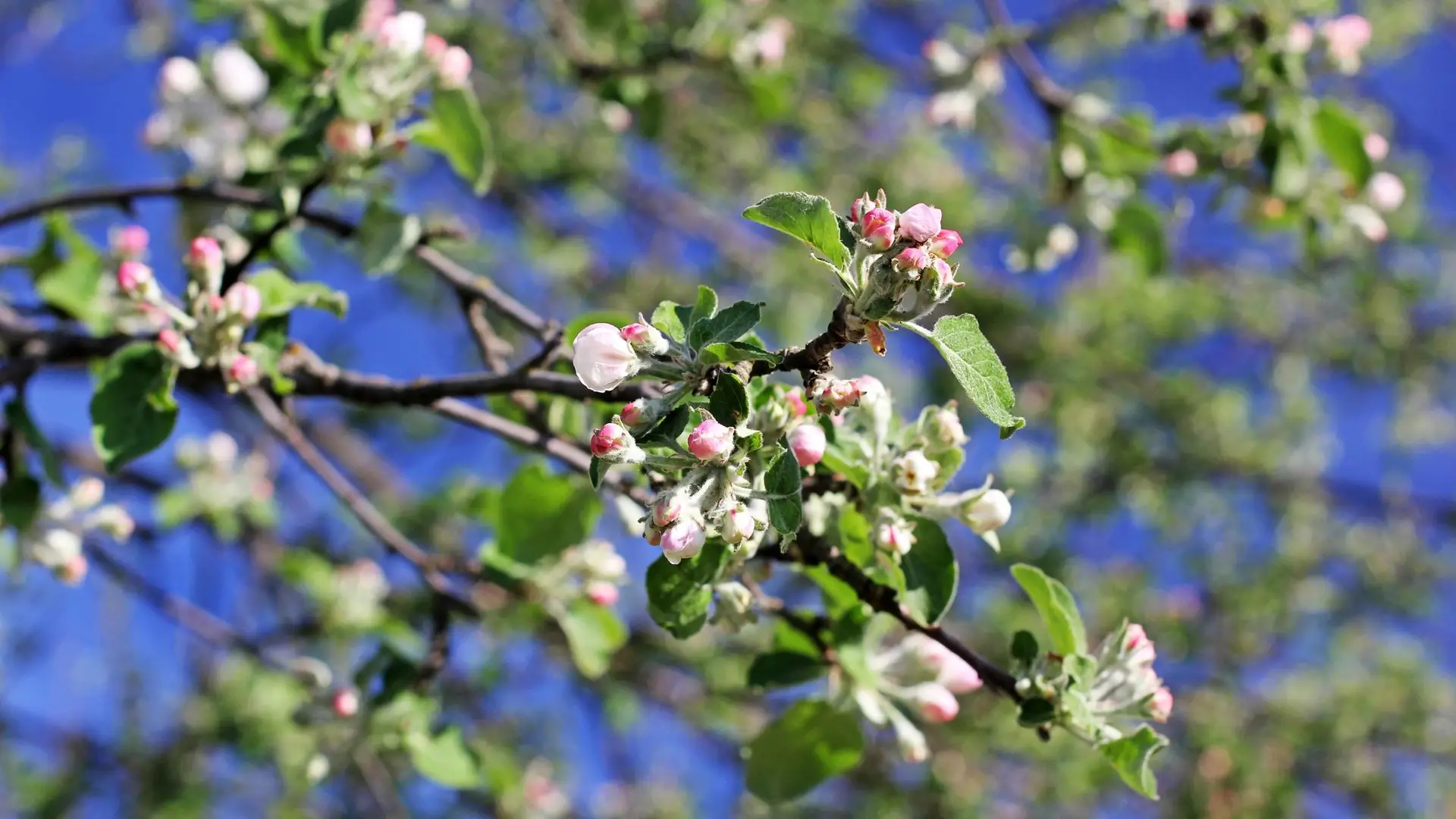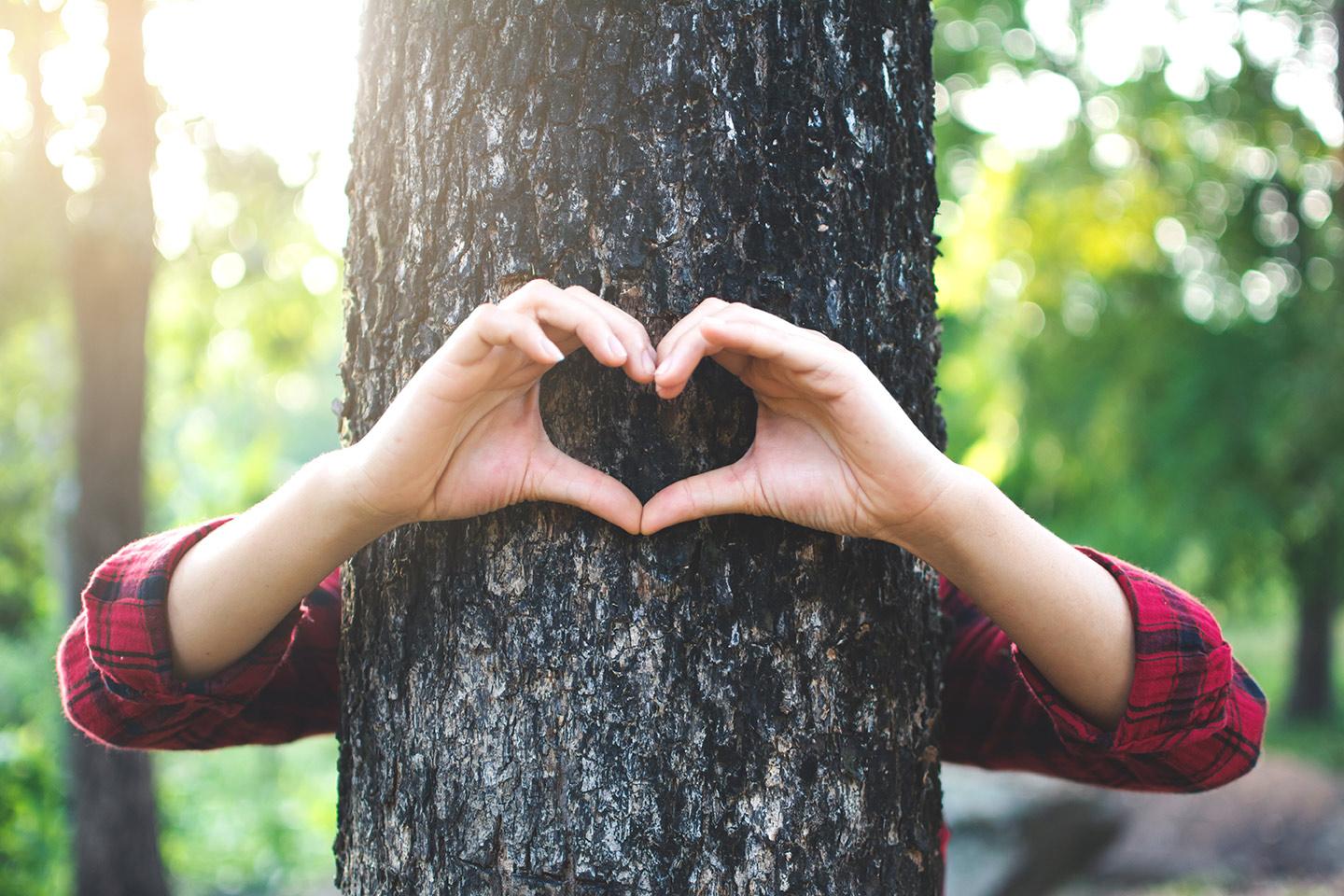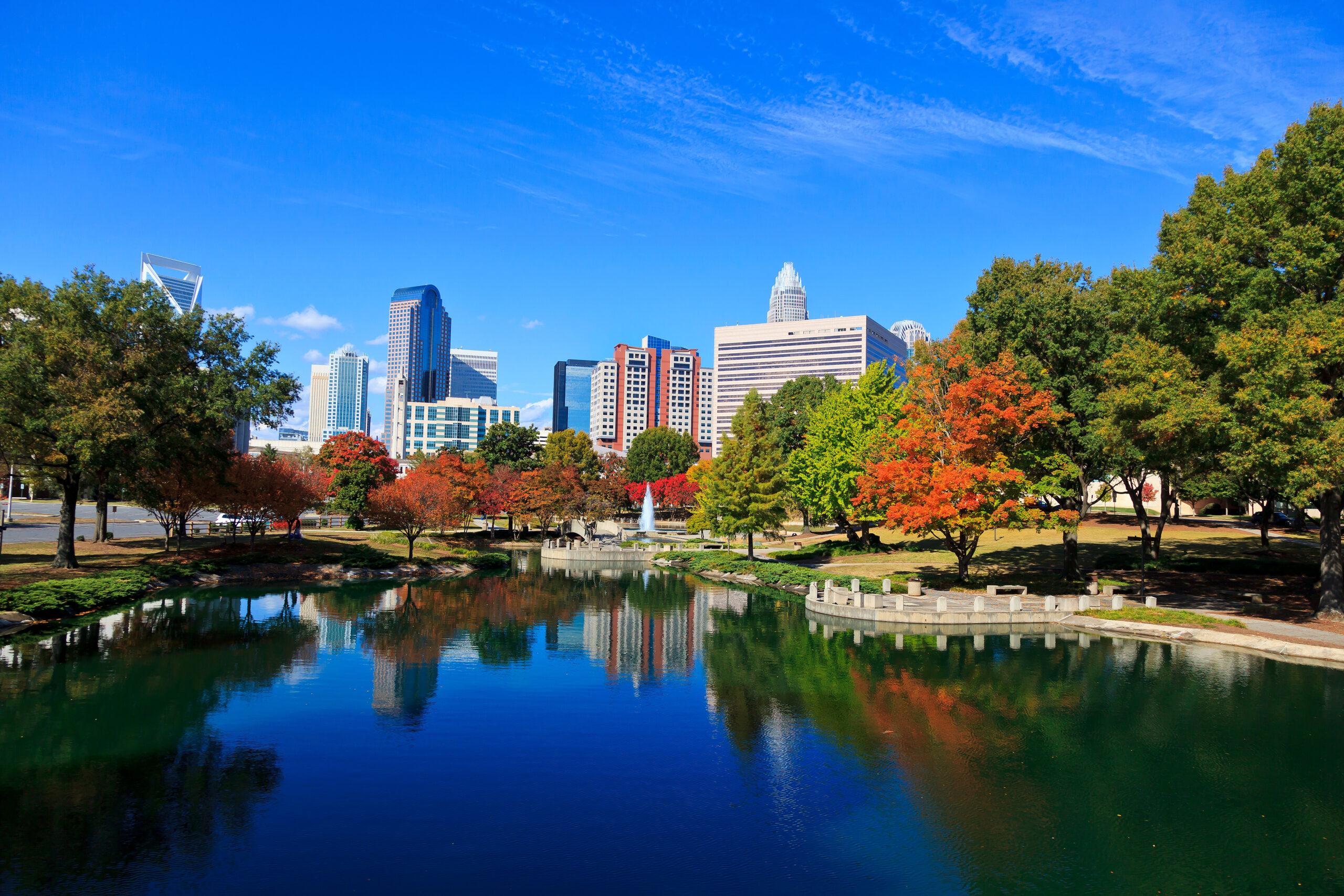You might diligently place mulch around your flower beds to help the landscape look nicer, but what about your trees? Will putting mulch around a tree kill it? Our team at Schneider Tree Care, a leader in tree services in Greenville, SC, is here to set the record straight.
Mulching Offers Ample Benefits
There’s a reason why so many property owners meticulously put mulch around their yards. The organic material makes a huge difference in tree and plant health. The biggest benefits of proper mulching include:
- Soil temperature regulation: Placing mulch above the soil insulates it. As a result, the soil will stay cool during the summer and remain warmer during the winter.
- Improved moisture retention: Since the mulch insulates the soil, it’s less likely to dry out quickly. This is especially important in drought-prone areas.
- Root protection: The material can safeguard tree roots from damage due to lawn equipment.
You stand to gain many benefits from this practice, but be mindful of the potential setbacks.
How Improper Mulching Harms Tree Health
So, will putting mulch around a tree kill it? Only if you don’t use the proper techniques. Careless mulching could lead to a tree’s decay.
Too much mulch can hold excess moisture, making the tree susceptible to root rot. Tree suffocation becomes a major concern for property owners. A heavy layer of mulch around the trunk can deprive the roots of oxygen and slowly suffocate the vegetation.
It’s also possible that the tree may try to compensate by growing new roots. However, they may end up wrapping around the tree. You must apply mulch correctly to avoid girdling roots and other serious problems.
How To Correctly Place Mulch Around a Tree
You don’t have to be an expert landscaper or certified arborist to properly place mulch around trees. Just follow these tips:
- Don’t form mulch volcanoes: The material shouldn’t form a huge volcano-like structure around the trunk.
- Ensure you can see the root flare: You should always see where the roots begin to flare out from the trunk. Following this method creates a nice doughnut shape around the tree.
- Keep the layer thin: Spread your mulch in a layer between 2 and 4 inches thick. This avoids tree suffocation and excess moisture.
- Replace when necessary: Organic mulch may only support your vegetation for a year or two. Replace it when you notice changes in the vegetation, such as weeds popping out from the soil.
Consult Our Arborists for Professional Solutions
Will putting mulch around a tree kill it? What is the best technique for mulching shrubs? How can you tell when to call a tree expert?
Schneider Tree Care has the answers to these and any other concerns you might have. Reach out to our specialists whenever you face issues with your vegetation on your property and want to maintain a landscape full of healthy, vibrant trees. Submit our online contact form or call (864) 244-3088 to request an estimate.

